Are you willing to grow with the brand? If at the beginning of the brand, the product makes you dissatisfied, will you disgust the brand for your whole life?
As a consumer, I don’t want to, because I hope the product is perfect, even if I am given a discount and let me be an early adopter, I don’t want to.
But as an observer of the industry, or as a practitioner of the industry, I know that this process is inevitable and gratifying.
For example, in the field of dress shoes, the Chinese brand I have always recognized most is Mattina.
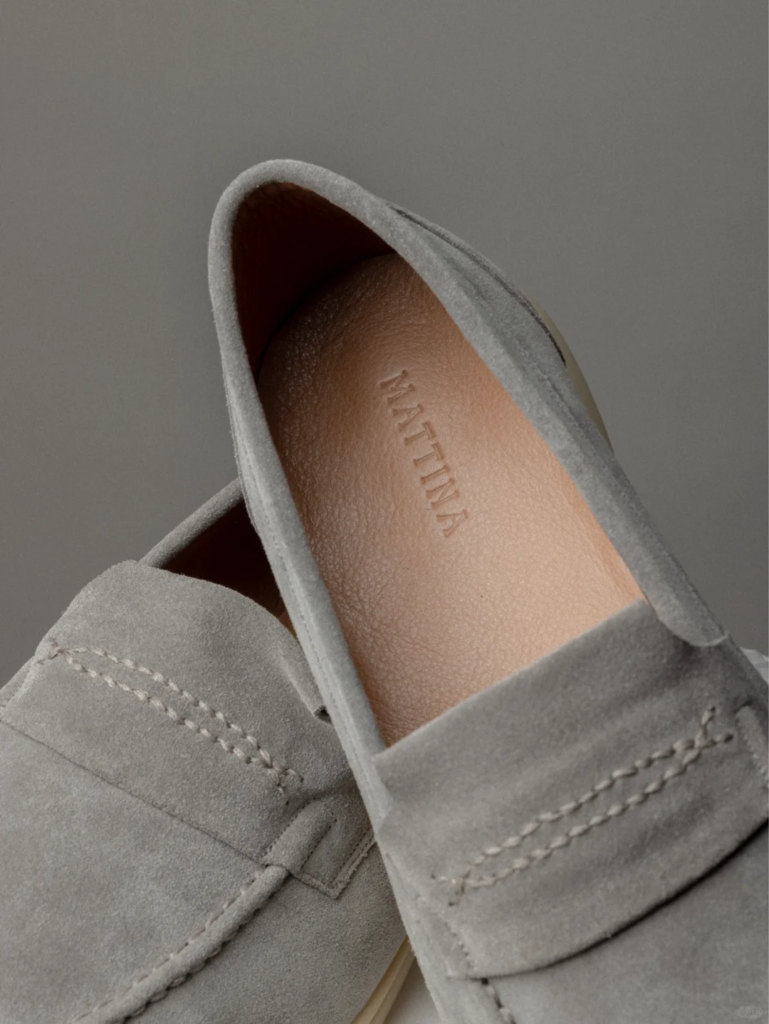
Because when it comes out, it is a perfect brand, including product, packaging, brand positioning, as well as the way of publicity and branding image, it is consistent. The biggest reason for this is that they have a very good team.
Oct tenth and Badia may not lose to Mattina in shoes, but there must be a gap in brand building.
How about now?

After the “factory director” (nickname of the founder) returned, Oct Tenth’s brand image improved by leaps and bounds, and its product line became systematic.
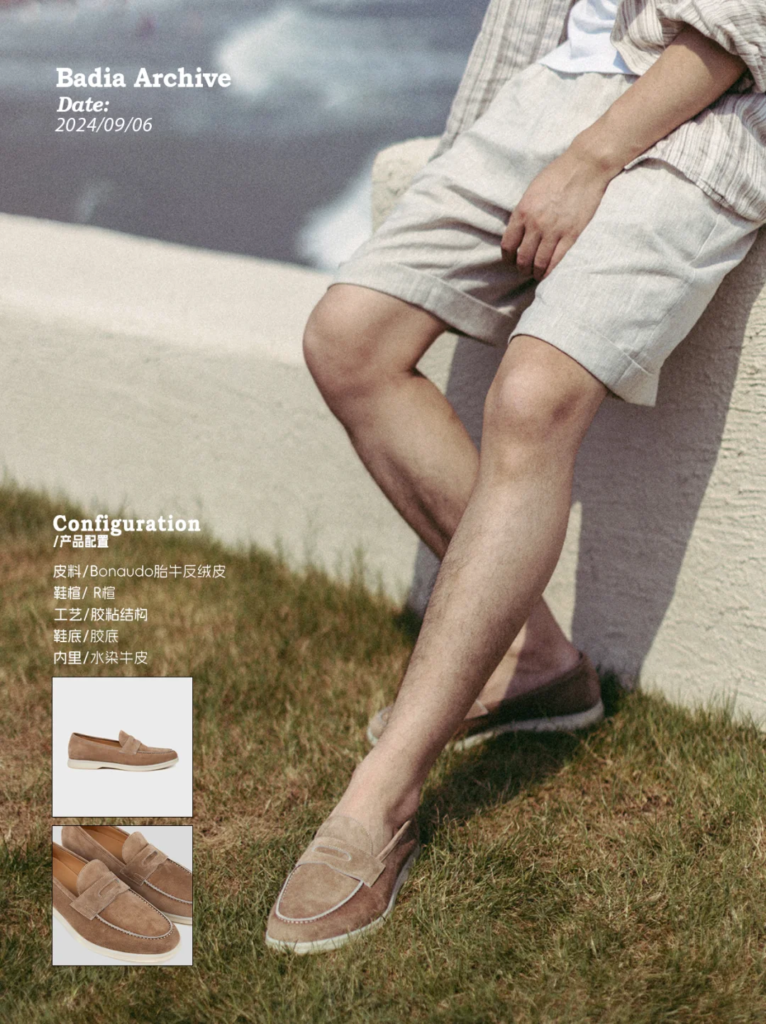
Badia’s brand image suddenly became the strongest in China this year, and it is not an exaggeration to say that it has the visual skills of luxury brands.
Of course, we buy products, but we are also buying the pleasure brought by these fashionable products. This kind of image, or advertising, is part of it.
Among bespoke tailouring houses, the one that gives me the most perfect feeling at present is Lancer.
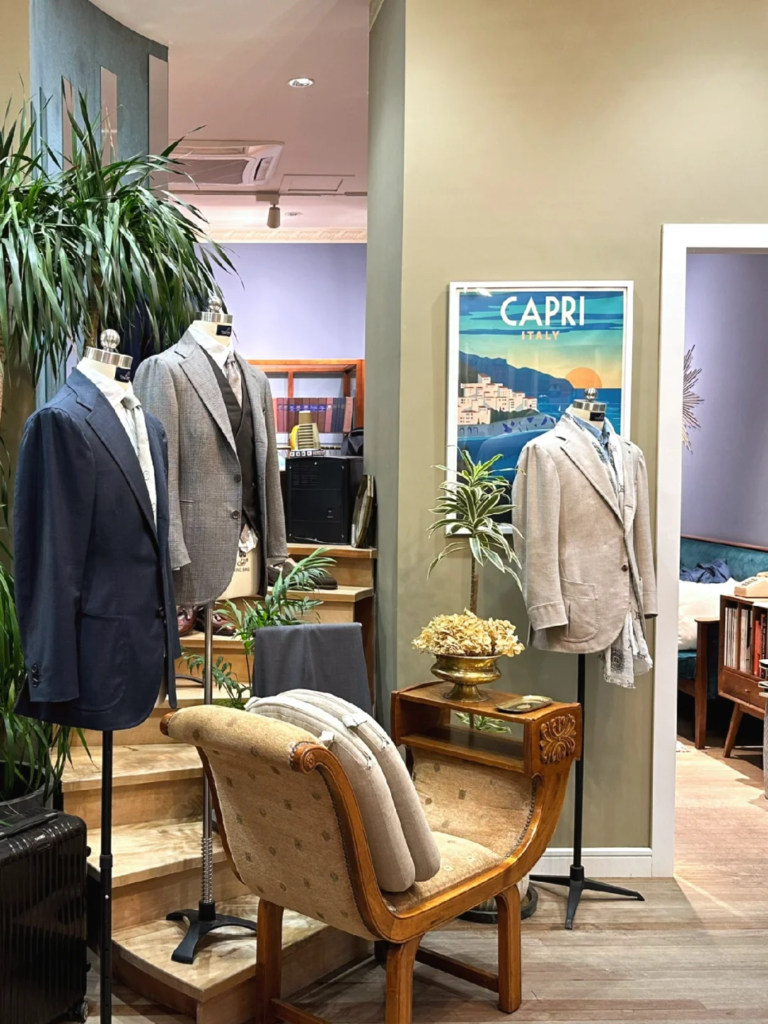
This is indeed all-round, not only the pattern, or Kenneth’s fabric recommendation and collocation, but also the atmosphere, decoration, and even the preparations made by Lancer before the guests arrive.
It didn’t happen overnight, nor did Kenneth do it alone. It is also a team.
All the above mentioned things seem to have grown up outside the product, just from the brand perspective.
First of all, every brand I talked about is product-centric, so their products are constantly improving, but they think it should be done instead of talking about it.
Secondly, I also see many people “struggling” forward in products.
In the field of shoes, Twinkima.G is a particularly good example.
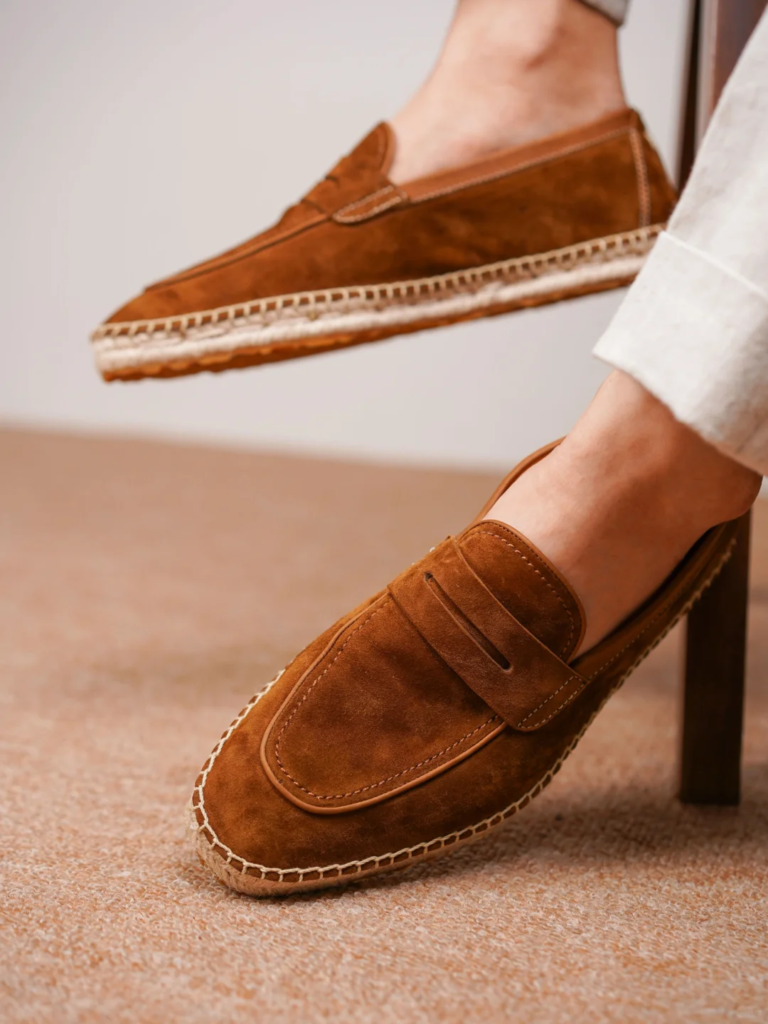
What shoes do you think of when you mention Twinkima.G today? It should be “Blossoms” and the like. It has both a sense of design and a particularly good integration of classic menswear elements into leisure. However, few people know how many changes and pains have been experienced in product development and supply chain building.
Stile Renaissance in the field of bespoke tailoring, originally as the ultimate expression of traditional Florentine style, the pattern designed by Lorenzo at the beginning really has a high degree of restoration.
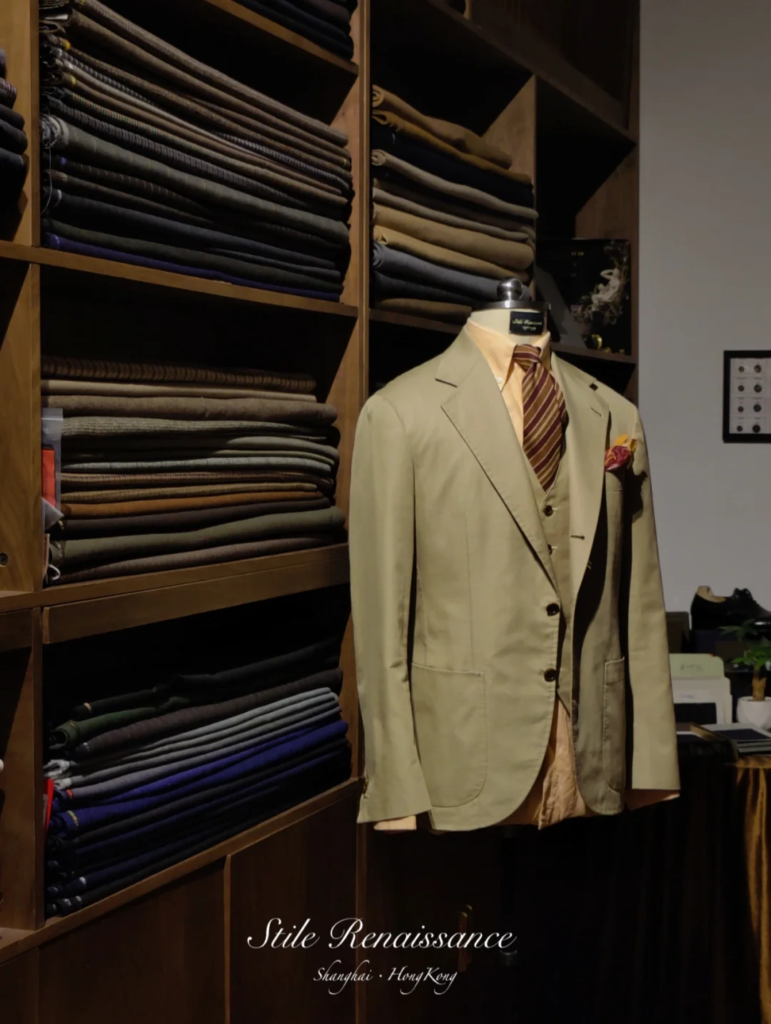
Later products evolved with understanding of Chinese guests.

I didn’t like this change at one time, but today we say that Japanese suits or shoes have their own flavor. Isn’t that the aesthetic that they integrate into their national characteristics on the basis of Britain and Italy? So why shouldn’t China brands be like this, and need to pursue the original flavor blindly?
Independent aesthetics is a more difficult road, but it is also a road that must be taken. Chinese products are not substitutes forever. Chinese products will be as expensive as those of any developed country in the world (I mean fashion), French, Japanese and Italian.
The classic menswear market is not big, or it is not a place where hot money values. Very good, people who love this product are in it, making the product better and making everyone who can come into contact with these products have a better life.

